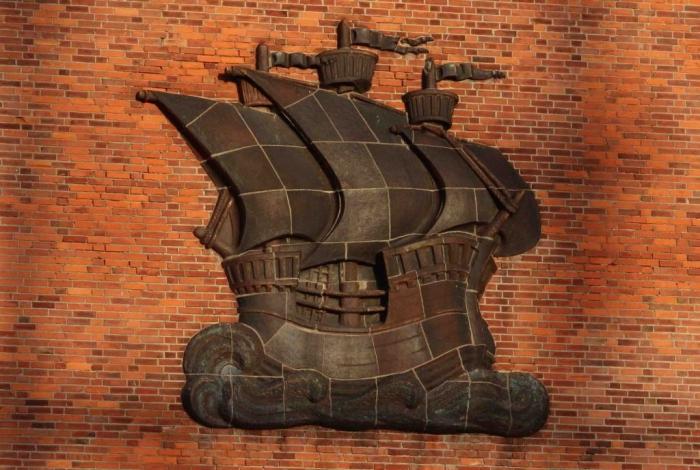In modern Germany, there is a special sign of historical distinction, evidence that the seven cities of this state are the guardians of the traditions of a rare long-term, voluntary and mutually beneficial coalition in history. This sign is the Latin letter H. It means that the cities in which license plates begin with this letter were part of the Hanseatic League. The letters HB on car numbers should be read as Hansestadt Bremen - "Hanseatic city of Bremen", HL - "Hanseatic city of Lübeck". The letter H is also present on the license plate numbers of the cities of Hamburg, Greifswald, Stralsund, Rostock and Wismar, who played a key role in medieval Hansa.

Hansa is a community in which free German cities united in the 13th-17th centuries to protect merchants and trade from the power of the feudal lords, as well as to jointly oppose pirates. The association included cities in which burghers lived - free citizens, they, unlike subjects of kings and feudal lords, obeyed the norms of "city law" (Lubeck, Magdeburg). The Hanseatic League at various periods of its existence included about 200 cities, including Berlin and Derpt (Tartu), Danzig (Gdansk) and Cologne, Königsberg (Kaliningrad) and Riga. To develop binding rules and laws for all merchants in Lübeck, which became the main center of maritime trade in the basin of the North and Baltic Seas, a congress of members of the union regularly gathered.
In a number of
European cities that are not members of the Hansa, there were "offices" - branches and representative offices of the Hansa, protected by privileges from the encroachments of local princes and municipalities. The largest "offices" were in London, Bruges, Bergen and Novgorod. As a rule, the “German Courts” had their own berths and warehouses, and were also exempted from most of the fees and taxes.
According to some modern historians, the foundation of the Lübeck in 1159 should be considered the event that laid the foundation for the creation of a trade union. The Hanseatic League was a rare example of a union in which all parties sought a common goal - the development of trade relations. Thanks to German merchants, goods from Eastern and Northern Europe came to the south and west of the continent: timber, fur, honey, wax, rye. Koggy (sailboats), loaded with salt, cloth and wine, went in the opposite direction.
In the 15th century, the Hanseatic League began to suffer defeat after defeat from nation-states reviving in the zone of its
economic interests: England, the Netherlands, the
Moscow state, Denmark and Poland. The rulers of the countries that were gaining strength did not want to lose export earnings, so they liquidated the Hanseatic trading yards. However, the Hansa lasted until the 17th century. The most staunch participants in the coalition that has actually broken up are Lübeck - a symbol of the power of German merchants, Bremen and Hamburg. These cities entered into a tripartite alliance in 1630. The Hanseatic Trade Union fell apart after 1669. It was then that the last congress took place in Lübeck, which became the final event in the history of the Hansa.
An analysis of the experience of the first trade and economic association in the history of Europe , its achievements and miscalculations is interesting both for historians and modern entrepreneurs and politicians whose minds are busy solving problems of pan-European integration.